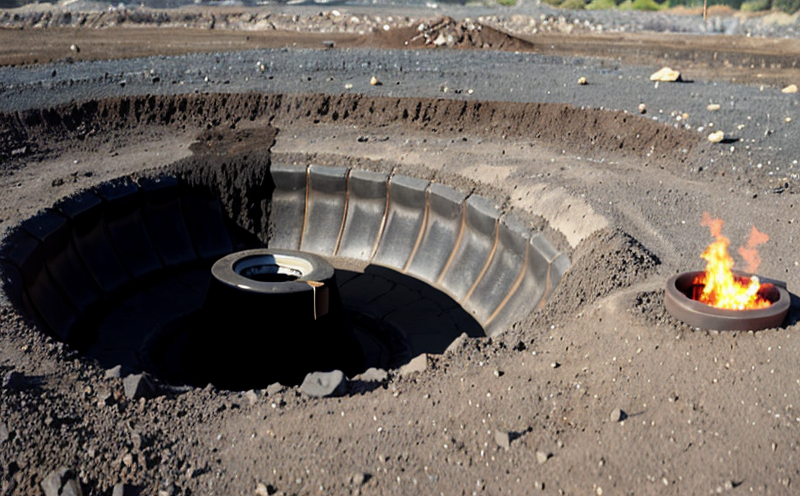BS 1016 Proximate Analysis of Coal Testing
The British Standard (BS) 1016 method is a widely recognized protocol for the proximate analysis of coal. This testing procedure provides essential information about the composition and quality of coal, which is crucial for both domestic and industrial applications.
The primary focus of this test is to determine four key parameters: moisture content, volatile matter, ash content, and fixed carbon. These parameters collectively help in assessing the calorific value of the coal sample, which directly impacts its usability and efficiency in various combustion processes.
Moisture content is critical for determining the inherent water present in the coal, affecting its heating value during combustion. Volatile matter contributes significantly to the overall heat output when the coal combusts. Ash content indicates impurities that do not contribute to energy production but can influence slagging and fouling issues in boilers. Fixed carbon, a measure of the combustible material remaining after volatile matter has been driven off by heat.
The BS 1016 method involves several steps including drying, heating under specific conditions, and careful measurement using precise instruments such as ovens, crucibles, and calorimeters. The process ensures accurate results that are repeatable and reliable, making it an indispensable tool for quality assurance in the mining sector.
Understanding these parameters is vital not only for optimizing combustion processes but also for ensuring compliance with industry standards and regulatory requirements. This testing method supports informed decision-making regarding coal procurement, product development, and operational efficiency.
In real-world applications, this analysis helps in selecting the most suitable coal type for specific industrial needs such as power generation or metallurgical purposes. Accurate proximate analysis ensures that coal is used optimally, leading to reduced waste and improved economic performance.
Applied Standards
| Standard | Description |
|---|---|
| BS 1016:1984 | This standard specifies the procedure for determining the proximate analysis of coal and coke in terms of volatile matter, ash, fixed carbon, and moisture content. |
Why Choose This Test
- Accurate determination of coal's key parameters including moisture content, volatile matter, ash content, and fixed carbon.
- Compliance with international standards ensuring consistency in quality across different producers.
- Supports informed decision-making for selecting the most appropriate type of coal for specific industrial needs.
- Facilitates efficient combustion processes leading to reduced waste and improved economic performance.
- Promotes environmental sustainability by optimizing resource use and minimizing emissions.
Environmental and Sustainability Contributions
The BS 1016 proximate analysis of coal testing not only serves industrial purposes but also contributes significantly to environmental sustainability. By ensuring that the coal used in combustion processes is as efficient as possible, this test helps in reducing greenhouse gas emissions and minimizing waste.
Accurate proximate analysis allows for the identification and removal of impurities such as ash content, which can lead to slagging and fouling issues in boilers. This results in better thermal efficiency and less environmental impact from unnecessary heat loss. Furthermore, by optimizing the combustion process through precise measurement, the test supports a more sustainable approach to coal utilization.
The data obtained from this analysis is invaluable for implementing strategies that enhance operational efficiency while reducing the overall carbon footprint of industrial processes. This aligns with broader sustainability goals within the mining and energy sectors.





